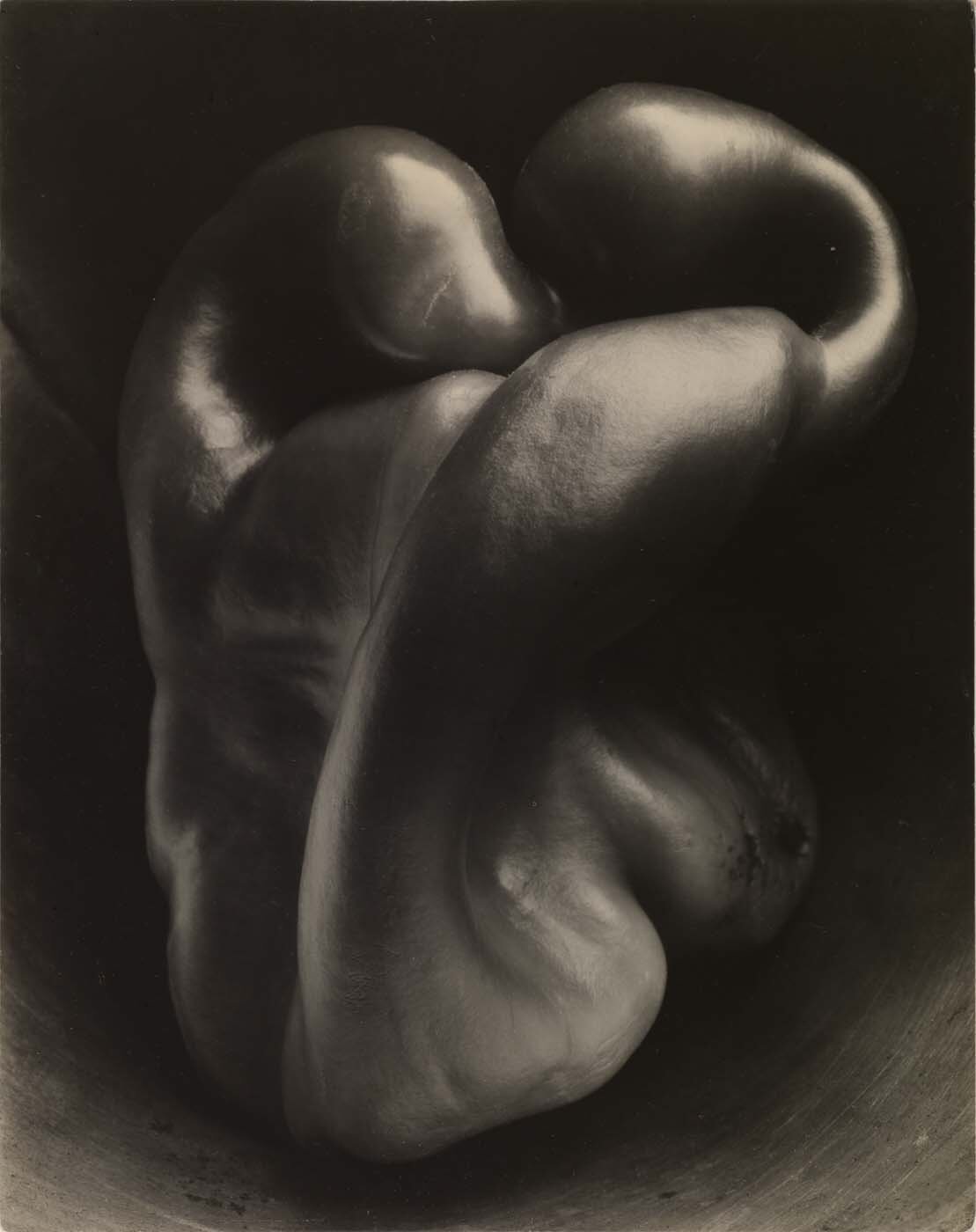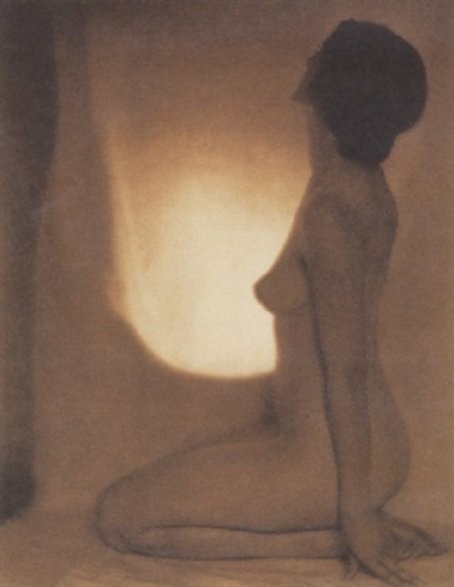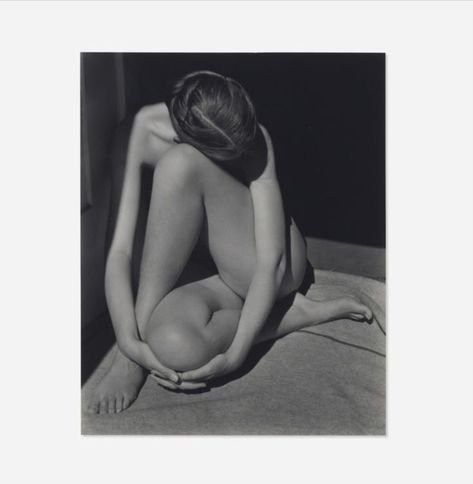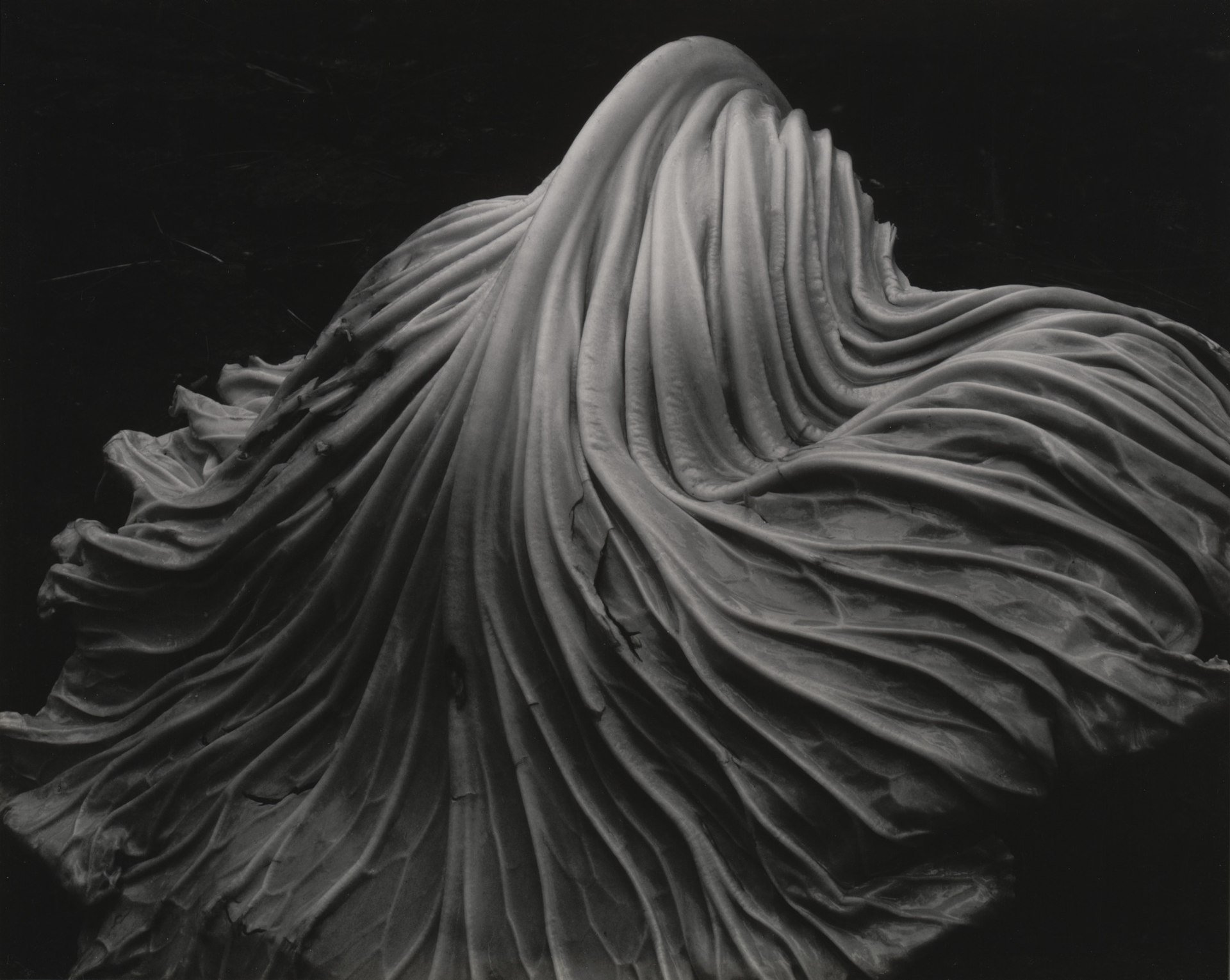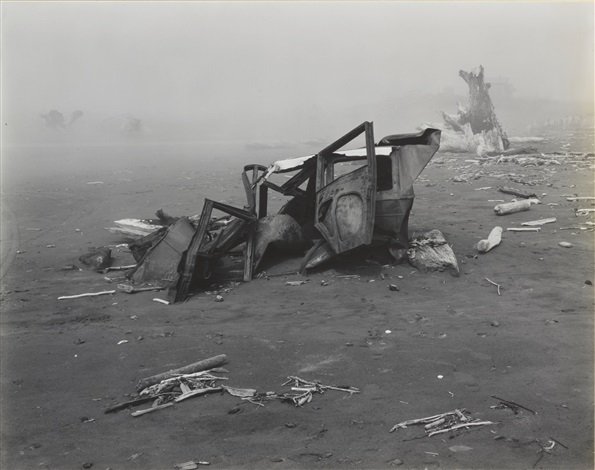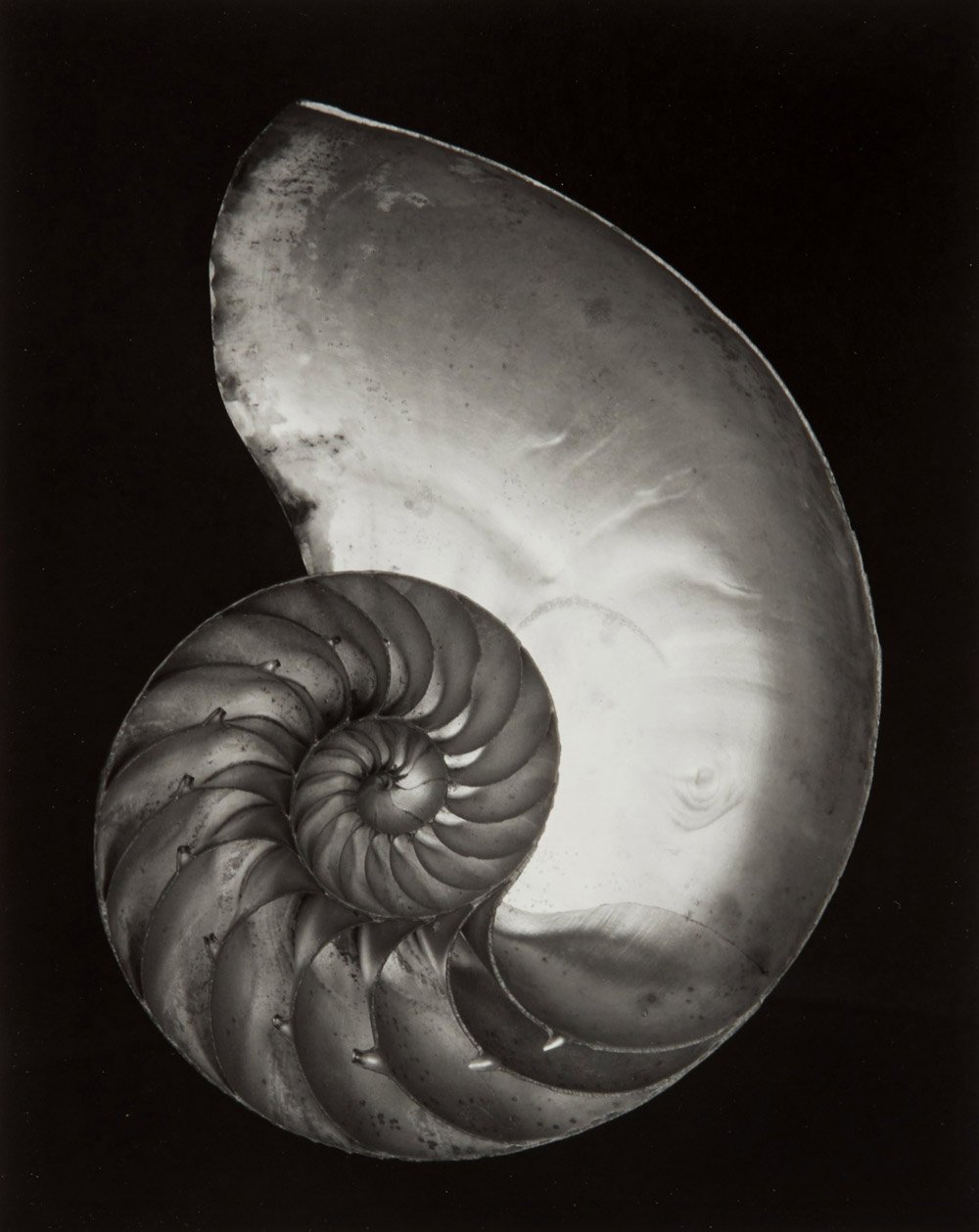Edward Weston
Pepper No. 30 (1930)
From his early days as a portrait photographer, Edward Weston showed a natural ability for composition, and capturing the right moment whether it was the play of light, or capturing a gesture. He was able to charm his subjects and relax them so he could achieve the portrait in the popular styles of the day. By his mid twenties he was entering prestigious competitions and winning prizes so he became an established professional early in his career. Weston was also influenced by the bohemian scene in Los Angeles in the period after the First World War, and it was this influence that made Weston keen to become a photographic artist. So it was that he branched out initially with photographs of smoker stacks and chimneys of the Armco Steel Mills near where his sister lived in Ohio. It was when he was here that he also came under the influence of Alfred Steieglitz in New York. Prior to his photographs of the Steel Mills, Weston had been verry much a pictoralist as indeed Steiglitz had been. In New York he met other leading photographers such as Paul Strand and Clarence H White. He also saw works of art by Pablo Picasso and Henri Matisse. Weston now had contact with many photographers and on his return west he decided that his work would be more apreciated in Mexico where despite resorting again to portraiture, he was able to photograph in his spare time with with friends. Nude studies, for instance, became an important part of his more artistic work. He also collected and photographed commonly found objects. While Weston only spent the years 1922-26 in Mexico these were crucial in his development as a photographer when he returned to California. It is his nude photography and still life photography that he is best known for. If you compare his early nude photographs, when influenced by pictorialism, and his later photographs the change in style is remarkable.
Edward Weston, Figure in the Nude, 1918
Edward Weston, Nude, Mexico, 1925
Edward Weston’s studies of still life, especially during the period 1927-1930, are notable for exploring form and patterns. He used light and shadow to great effect to create beautiful expressions of the objects photographed. Take for example, the solitary green pepper no 30 photographed in 1930 and consider its rich black and white tones and the strong illumination from above. Sensuous peppers, sliced vegetables, nautilus shells were all photographed in his vision of aesthetic form. In 1928, he made a visit to the Mojave Desert, making his first attempt at landscape photography. His photos here included rocks, trees and general vistas. In 1929, he moved to Carmel, where he was surrounded by spectacular landscapes and was not far from Yosemite and Death Valley. It was this part of California that was to be his home until his death in 1958. While his photography had evolved into modernism, the choice of papers to print on also evolved from using platinum and palladium papers to soft and warm papers and only in 1930 did he start using glossy paper. The consideration of paper use was all part of his search for a beautiful image. He didn’t want the paper to create its own narrative put only wanted the image to come from the details of what he was photographing.
In 1932 a new group of photographers, espousing the importance of front to back sharpness in the images, was formed. This group was apropriately named the f64 group and included Edward Weston, his apprentice Willard Van Dyke and Ansel Adams. Seven photographers were in this group whose purpose was to counter the still strong pictorialist influence in photography. From 1933, it was photographing landscapes that became Edward Weston’s principal task. It was only in his last decade that his photographs became more varied. we see now images of friends, family, cats, picnics, and Hollywood movie sets. He photoraphed scenes that few other photographers were interested in. He photographed California ghost towns, a discarded glove, and a dead man in Death Valley. He had a unique eye for the unusual and beauty in the world unseen by others.The most important period that has inspired many photogrphers in more recent times was when he photographed nudes, still life such as his peppers, and some of his landscape photographs such as dunes. What his photographic journey has taught us was the endeavour to photograph the essential features of what he saw, excluding the unimportant, keeping the image simple and avoiding any distractions including the wrong choice of paper used in printing.
Edward Weston Cabbage Leaf (1931)
Edward Weston Abandoned Car, Crescent Beach, 1938
Edward Weston Nautilus Shell, 1927
Edeward Weston Dunes, Oceano, 1936
